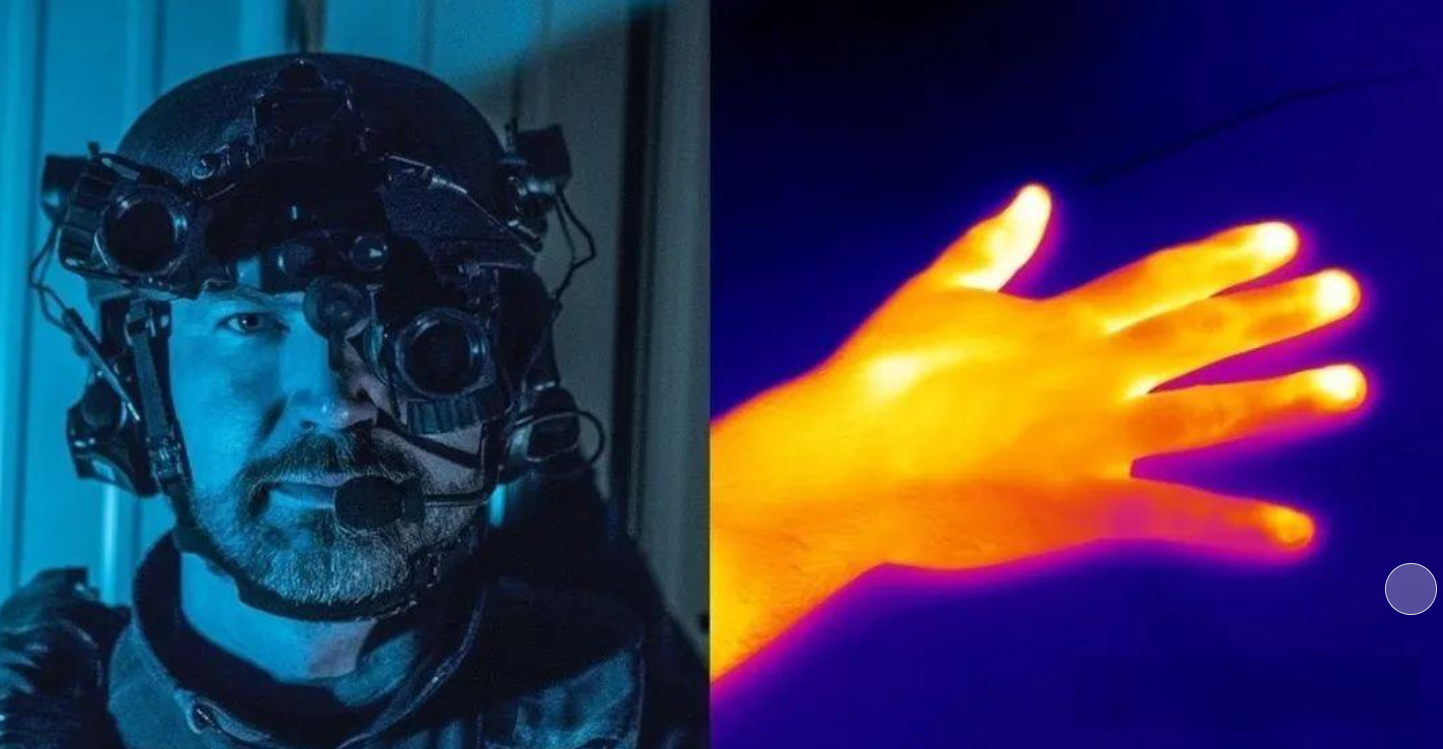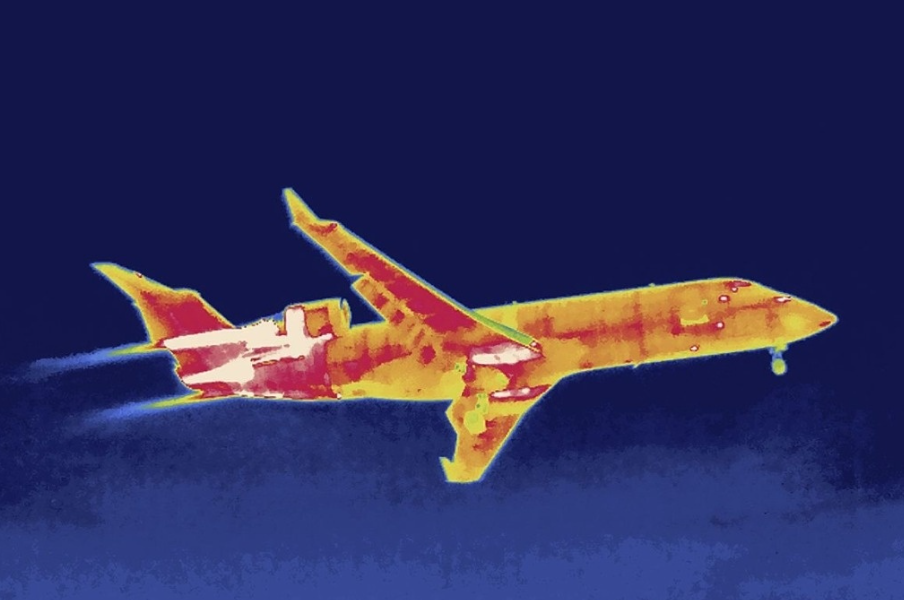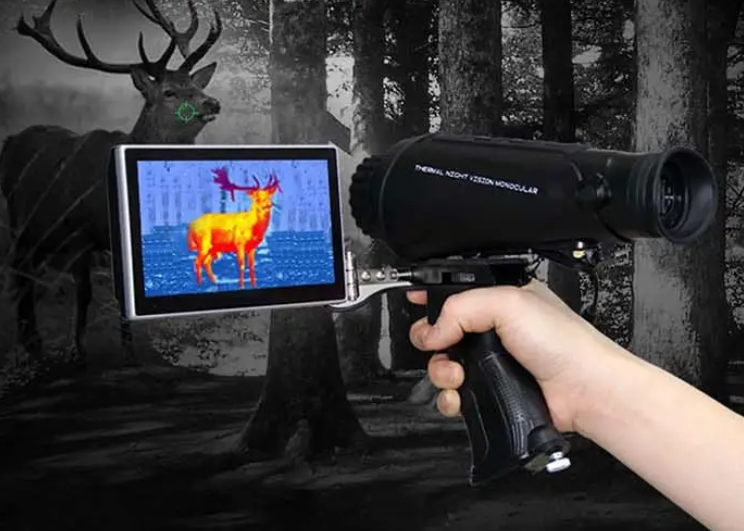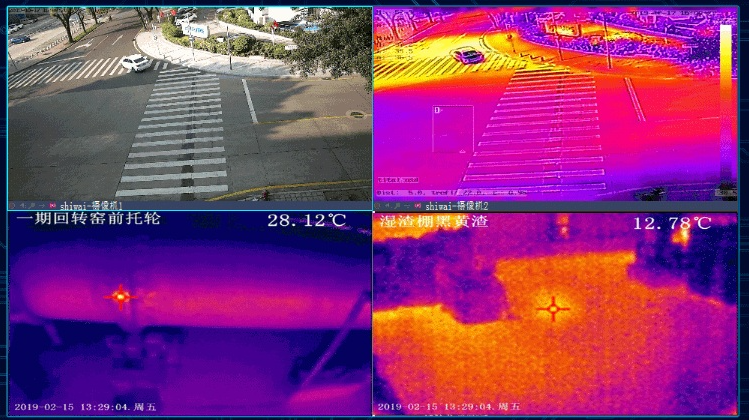Detector performance
Detector type
The current mainstream is uncooled detectors and cooled detectors. Uncooled detectors are low-cost, small in size, and low in power consumption, and are suitable for general industrial detection and security monitoring. For example, uncooled detectors based on vanadium oxide (VOx) can work stably over a wide temperature range. Cooled detectors are more sensitive and can detect smaller temperature changes, but they are expensive, complex in structure, and require refrigeration equipment. They are mainly used in high-end military and scientific research fields.
Resolution
Resolution is a key indicator for measuring detector performance. Higher resolution means that clearer and more detailed thermal imaging images can be obtained. For example, common resolutions are 160×120, 320×240, 640×480, etc. For application scenarios that require accurate detection of small targets or observation of complex structures, such as electronic component detection, medical imaging, etc., detectors with higher resolutions (such as 640×480 or higher) are a better choice.
Sensitivity (NETD)
Thermal sensitivity (noise equivalent temperature difference, NETD) refers to the minimum temperature difference that the detector can distinguish. The smaller the NETD value, the higher the sensitivity of the detector. For example, a detector with a NETD of less than 50mK (milliKelvin) can detect very subtle temperature changes, which is critical for detecting early equipment failures or weak thermal signals (such as detecting small flames in forest fire prevention).

Image quality
Image clarity and detail
Evaluate clarity and detail by viewing the thermal images generated by the device. A good thermal imaging camera can clearly display the thermal distribution of the outline, boundaries and internal structure of an object. For example, when observing the heat loss of the exterior wall of a building, a good device can clearly show the temperature difference at different locations of the wall, including details such as window frames and corners.
Artifacts and noise levels
Artifacts refer to non-real thermal features that appear in the image, such as stripes and spots, while noise is random interference in the image. Low artifact and noise levels are a sign of high-quality equipment. Artifacts and noise have a more obvious impact on image quality in scenes with low contrast or small temperature differences. This indicator can be evaluated by observing test images under different temperature environments and lighting conditions.
Palette function
A rich and diverse palette helps to better present the temperature information in the thermal imaging image. Common palettes include rainbow, iron red, grayscale, etc. A good thermal imaging camera should provide a variety of palette options and be able to switch according to different application scenarios and user preferences. For example, in the medical field, it may be more appropriate to use a grayscale palette to intuitively display the temperature distribution of the human body.

Temperature measurement accuracy
Temperature measurement range and accuracy
First, make sure that the temperature measurement range of the device meets the application requirements. For example, in industrial furnace monitoring, it is necessary to be able to measure temperatures up to 1000℃, while in human body temperature detection, the temperature range is generally between 30℃ - 45℃. At the same time, accuracy is also key, and high-precision equipment can provide more accurate temperature measurements. Generally speaking, equipment with an accuracy of ±2℃ can meet the needs of most industrial and security applications, while for fields such as medical treatment that require extremely high temperature accuracy, equipment with an accuracy of ±0.5℃ or even higher may be required.
Temperature calibration and stability
The temperature calibration function of the device is very important, and regular calibration can ensure the accuracy of temperature measurement. In addition, good temperature stability means that the device can maintain stable temperature measurement performance under different ambient temperatures and working conditions. You can check the technical specifications of the device to understand its calibration method and stability indicators, or refer to user reviews and professional evaluations to evaluate this feature.

Mechanical and environmental adaptability
Casing quality and protection level
A sturdy casing protects internal components from physical damage. Thermal imaging cameras usually need to work in various harsh environmental conditions, such as wind, rain, sand and dust outdoors, or collisions and vibrations in industrial sites. The protection level (IP) identifies the dust and water resistance of the device. For example, IP67-rated devices are completely dustproof and can be immersed in water for a short time without damage, which is suitable for outdoor security and field industrial detection.
Operating temperature range and tolerance
Evaluate the temperature range in which the device can work normally. For example, some devices can work in a wide temperature range of - 40℃ - +60℃, which is very important for applications in extreme environments such as cold polar regions or hot deserts. In addition, the device's tolerance to temperature changes is also critical. Rapid temperature changes may affect the performance of the device. Good quality equipment can still maintain a stable working state under sudden temperature changes.
Anti-vibration and shock resistance
In some mobile application scenarios (such as vehicle-mounted thermal imaging systems or equipment installed on drones) or industrial environments that are susceptible to vibration and shock, the anti-vibration and shock resistance of the equipment is crucial. You can check the product's specifications to understand its anti-vibration and shock resistance indicators. For example, a device that can withstand a certain acceleration (such as 10g) without damage is more guaranteed in terms of mechanical stability.

Software and data processing capabilities
Image processing algorithms
Advanced image processing algorithms can improve image quality, enhance target recognition capabilities, and temperature measurement accuracy. For example, some devices use intelligent noise reduction algorithms that can effectively reduce noise in images while retaining true temperature information. Other devices have image enhancement algorithms that can highlight the contours and details of thermal targets.
Data storage and transmission capabilities
Evaluate the data storage capacity and storage format of the device. Sufficient storage capacity can save more thermal imaging images and related data for subsequent analysis and viewing. Data transmission capabilities are also important, including interfaces such as USB, Ethernet, and Wi-Fi, which can easily transfer data to a computer or other device for further processing. In addition, some devices support cloud storage and remote monitoring functions, which is very convenient for application scenarios such as security and remote industrial detection.
Software compatibility and ease of use
The software supporting the device should be compatible with mainstream operating systems (such as Windows, iOS, Android, etc.) and have a friendly user interface. Ease of use includes simple software installation process, convenient operation (such as the ability to easily adjust image parameters, set temperature alarms, etc.), and the ability to provide clear user manuals and technical support to facilitate users to quickly get started and solve problems during use.
Brand and after-sales service
Brand reputation and word of mouth
Well-known brands usually have better guarantees in product quality, technology research and development, and after-sales service. You can understand its reputation by looking at the brand's history, market share, user reviews, and professional evaluations. For example, some brands with many years of R&D and production experience in the field of infrared thermal imaging are often more trustworthy.
After-sales service quality
Good after-sales service includes the product's warranty period, repair response time, repair network coverage, and technical support capabilities. For example, brands that offer a longer warranty period (such as 18 months), are able to respond to repair requests in a short period of time, and have a wide range of repair outlets across the country or the world can give users greater peace of mind during use.


